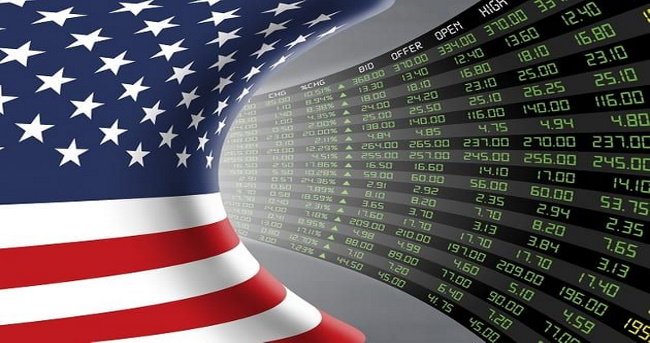The Federal Reserve (Fed) maintained focused as market predicted cut rates at the March 18 meeting on Friday, February 28, as coronavirus fears escalated.
According to the CME FedWatch Tool, the interest rate cut expectations spiked over the night to 100%, from 0% on Thursday, 52% after the Friday meeting closed, and 90% in the afternoon.
The three major US stock indexes have recently posted their worst weekly percentage drops ever since their financial crisis due to the continuous spread of the coronavirus. With consumers relying on online shopping with coupons for the best deals, logistics is under pressure to resume trades with China.
Market expectations entailed that the Fed would step in to cease the selloff through interest rate cut to boost the economy after the dramatic week.
Analysts of the Bank of America (BofA) stated that the central bank could hold an emergency rate cut – where the last emergency rate cut happened in 2008, although the next Fed meeting would be three weeks away. At the same time, BofA was also expecting a half percentage point cut.
However, the Fed officials were not too feisty to jump on the cash easing wagon as they have stated that rate cuts were still unnecessary.
The Chairman of Federal Reserve, Chairman Jerome Powell, announced that the fundamentals of the US economy are still strong in his statement implied on Friday afternoon.
“The Federal Reserve is closely monitoring developments and their implications for the economic outlook. We will use our tools and act as appropriate to support the economy,” said the press statement of Chairman Jerome Powell.
The Fed had cut rates three times last year to boost the country’s economy, but it remained above the ultra-low rates from the financial crisis, as the benchmark rate today ranges between 1.5% to 1.75%.
Meanwhile, a market analyst at CMC Markets expressed that speculations regarding the rate cut also indicates that an economy might be worse off than what its real situation is.
“If the Fed need(s) to intervene, how bad is the situation?” said David Madden, market analyst at CMC Markets.
Are Rates Already Low?
Along with the predictions of cut rates, some investors remained skeptical about whether monetary policies can resolve the fallout from the outbreak.
The Chief Investment Officer of the Bleakley Advisory Group, Peter Boockvar, stated that rate cuts must not be treated like a vaccine as it “won’t bring factories back and people traveling again” as rate cut could not stimulate monetarily.
At the same time, stimulating the export-reliant economy of Europe might not be authorized by European Central Bank (EBC) as it has not yet increased its benchmark interest rate since 2010-2012 European sovereign debts.
As the bank cut other interest rates, already-low rates might mean that European countries can fight against economic fallout with fiscal instead of monetary stimulants, said by the head of FX research at Fongern Global FX, Marc- Andre.
Despite China being the origin of the virus outbreak and expected to have the worst economic pain, where factories and businesses shut down, its central bank had already burgled in to support their countries’ markets and economy.
Meanwhile, the Monetary Authority of Singapore stated that there is sufficient room, increasing the feasibility of the exchange rate this month for the effective exchange rate to withstand against the weakening conditions of the economy.
In the country where the virus spiked last weekend, South Korea’s central bank maintains its interest rates on Thursday’s meeting, stressing that the bank continued its accommodative approach.
References:
https://edition.cnn.com/2020/02/28/investing/dow-stock-market-today/inde…
https://www.federalreserve.gov/newsevents/pressreleases/other20200228a.htm
https://edition.cnn.com/2020/02/28/economy/fate-rate-cut/index.html











